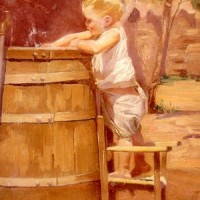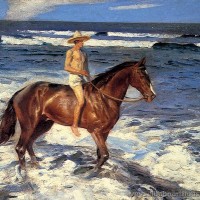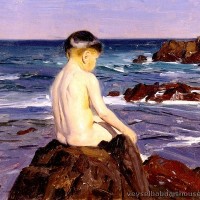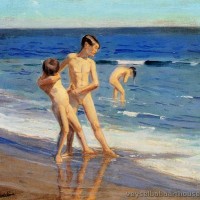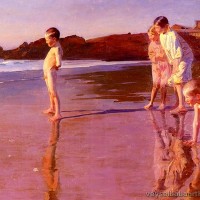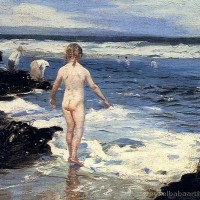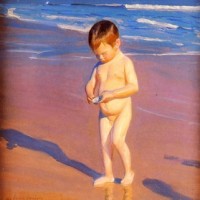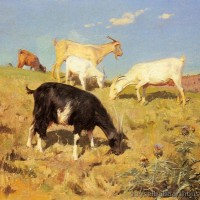- Home
- ABOUT US
- ABOUT VEYSEL BABA
- REDFOX ART HOUSE VIRTUAL TOUR
- MY LAST WILL TESTAMENT
- NOTES ON HUMANITY AND LIFE
- HUMAN BEING IS LIKE A PUZZLE WITH CONTRADICTIONS
- I HAVE A WISH ON BEHALF OF THE HUMANITY
- WE ARE VERY EXHAUSTED AS THE DOOMSDAY IS CLOSER
- NO ROAD IS LONG WITH GOOD COMPANY
- THE ROAD TO A FRIENDS HOUSE IS NEVER LONG
- MY DREAMS 1
- MY DREAMS 2
- GOLDEN WORDS ABOUT POLITICS
- GOLDEN WORDS ABOUT LOVE
- GOLDEN WORDS ABOUT LIFE
- GOLDEN WORDS ABOUT DEATH
- VEYSEL BABA ART WORKS
- SHOREDITCH PARK STORIES
- EXAMPLE LIVES
- ART GALLERY
- BOOK GALLERY
- MUSIC GALLERY
- MOVIE GALLERY
- Featured Article
- Home
- ART GALLERY
- Benito Rebolledo Correa
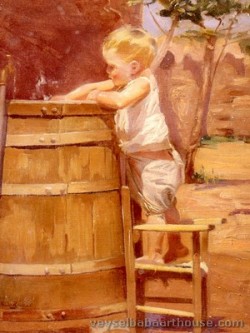
Benito Rebolledo Correa
A Chilean painter born in Curicó on August 2, 1880 and died in Santiago on June 29, 1964. He is a landscape painter of marine and animal life. He is one of the most prestigious artists of the American art movement towards the 20th century. In his work the academicist orientation persists absent in artists who already announced a greater autonomy of the pictorial language.
Born in a humble home formed by Pedro Nolasco Rebolledo and María Correa, he became interested in art from a very young age and studied painting, sculpture and drawing in the Night Schools. At the age of fifteen he had already settled in Santiago where, in addition to learning the techniques of posterism and decorative painting, he lived with a group of artists and enlightened workers (the so-called Tolstoyan colony) who worked on social realism and Those who shared political ideals with anarchic dye. From this period dates the first works of Rebolledo, imbued the fighting spirit that animated him and titles as expressive as No bread and Humanity. Both its subsequent evolution towards bright and natural landscape how are you more samples linked to the social reality of the beginning, you approach the Valencian painter Joaquin Sorolla , the artist who most influenced the young Chilean painter, above Pedro Lira , Juan Francisco González and Fernando Alvarez de Sotomayor , his teachers at the Academy of Fine Arts. However, Rebolledo's knowledge and relationship with European art reached it only through reproductions and printed images, since, on several occasions, he rejected the offer of the Chilean government to carry out study stays in Paris and other cities of the old continent .
With an independent spirit and impulsive temperament, he soon found his own style in his full dedication to painting, which coincided with the practice of boxing. He fled from the somewhat tenebrous tendency of his fellow members of the Generation of Thirteen and, through a naturalistic technique in large format oils, shaped with vigorous colorful maternity, children, customs scenes of the countryside and Chilean beaches, animals (of low density Plastic) and portraits (his production less remarkable), in addition to numerous still lifes of balanced composition and pleasant brushstroke. Disregarding the theme, he set out to capture the full shapes and colors of the sun, introducing violent lights that emphasized the volumes, in an easy painting of cut out contours that, however, did not fuse with the atmosphere in the manner of the Impressionist artists (see Impressionism). Rebolledo insisted on the compositional simplicity of his works, in his broad drawing of wide brushstrokes that critics have perceived as free from theoretical preoccupations, instinctive, recreated in abundant and rough surfaces, accepting Impressionism. Some of its most essential elements are light, clear tones and thematic simplicity devoid of all transcendence.
He received its first medal at the Centennial Hall for his play The laughter sea, and gained great recognition in America with exhibitions, honors and awards. He was responsible for the restoration and copies for the Plafond of the Municipal Theater and the religious scenes from the ceiling of the church of San Agustín; In 1951 was named Illustrious Son of Curicó, its native city and in 1959 received National Prize of Art.
Adverse to futurism, Rebolledo demonstrated throughout his long career a broad domain of drawing and composition and a great capacity to capture the effects of the sun on the bodies of women and children in the midst of cheerful summer landscapes. Among his best known works are the face of the sea , ride the sea , tenoning and Portrait of old.
